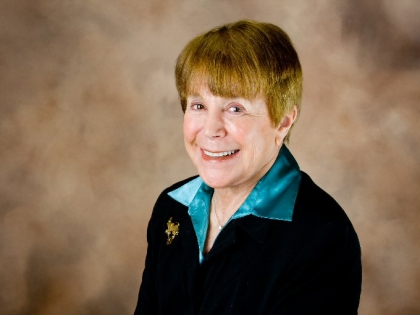
Good-Government Group Measures Lawmakers' 2011 Productivity
Good-Government Group Measures Lawmakers' 2011 Productivity
By Dan Wiessner
A recent report looked at how many bills each state lawmaker passed, compared to how many were introduced. Lower Hudson Valley legislators were mostly in the middle of the pack.
Measuring the effectiveness of individual lawmakers can be tricky, not least because many of them do much of their work behind the scenes. Some choose to spread their energy across a number of initiatives while others have laser-like focus on a handful of specific areas.
One way to begin is to look at the number of bills they successfully pushed through each house of the legislature, and how many wound up being signed into law by the governor. The New York Public Interest Research Group (NYPIRG) did just that earlier this summer, releasing a detailed breakdown of the number of bills introduced and passed by all 212 lawmakers.
"Legislative 'productivity' is more complicated than simple numbers. It’s up to New Yorkers to assess their legislators’ effectiveness and impact," NYPIRG's Bill Mahoney said in the report.
The dozen lawmakers who represent the lower Hudson Valley generally settled in the middle of the pack this year. The most 'effective' legislators were mainly veteran Senate Republicans, two of whom pushed at least 30 bills through both houses.
Meanwhile, local Sen. Suzi Oppenheimer (D-Port Chester) was the most successful Senate Democrat with 13 bills passing her chamber. Those include measures that will allow the town and village of Ossining to consolidate their courts and allow local boards of health to levy steeper penalties to businesses that violate sanitary codes.
Assemblywoman Amy Paulin (D-Scarsdale), long known as one of her chamber's most productive members, came in fifth in the Assembly this year. She saw 25 of her bills pass the lower house and 16 pass the Senate. Governor Andrew Cuomo recently signed one of the measures, which prohibits anyone convicted of a domestic violence misdemeanor from owning a gun.
“It has always been my goal to identify and address salient needs and issues with thoughtful and precise legislation," Paulin said in a statement.
Another local standout was Sen. David Carlucci (D-Clarkstown) who, despite being a freshman and a member of the minority party, managed to push 11 bills through both houses. One of those, which was signed into law earlier this year, allows Orange & Rockland Utilities to swap land with Orangetown to build new infrastructure.
Carlucci was likely helped along by becoming a member of the breakaway Independent Democratic Conference soon after being elected. The IDC's leader, Bronx Sen. Jeff Klein, built bridges with the Senate's Republican leadership that allowed the four-member group to often wield more influence than the 26-member Democratic conference.
In fact, according to the NYPIRG report, most of the Democratic senators voted with Klein more often than Minority Leader John Sampson of Brooklyn, though both shared more than 95 percent of their votes with other Democrats.
The average Senate Republican voted with Majority Leader Dean Skelos 98.87 percent of the time, while Assembly Democrats remained loyal to Speaker Sheldon Silver on 97.41 percent of the 999 bills passed in that chamber. The most independent conference was the Assembly GOP, where the average member voted with Minority Leader Brian Kolb less than 91 percent of the time.
Here in the tri-county area, the most loyal Assembly members were Tom Abinanti (D-Greenburgh), Sandy Galef (D-Ossining) and George Latimer (D-Rye), who voted with Silver more than 99 percent of the time. Freshman Steve Katz (R-Yorktown) was one of the most contrarian members anywhere in the state, voting with Kolb on about 87 percent of all bills.
To view a copy of the full article, go to http://rye.patch.com/articles/good-government-group-measures-lawmakers-2011-productivity